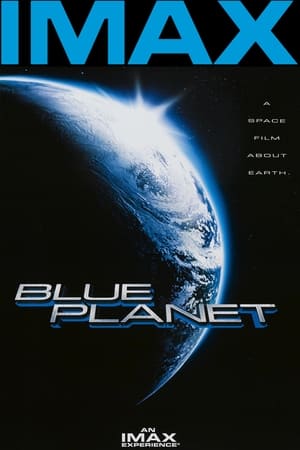
Over 300 million tons of plastic are produced every year, and at least 8 million of those are dumped into the oceans. In terms of plastic bags alone, we use five hundred billion worldwide annually. The filmmakers also stress the need for governments to work more on recycling programmes, and look at how technology is developing that can convert plastic into fuel. Reuse your plastic bags and recycle as much as you can. These include avoiding plastic containers and 'single-use' plastic products as much as possible. They present short-term and long-term solutions. The message about our use of plastic is painfully obvious.Ĥ) _. In the second half, the filmmakers look at what we can do to reverse the tide of plastic flowing around the world. 3) _. We see how marine species are being killed by all the plastic we are dumping in the ocean.


There are beautiful shots of the seas and marine life. It's very clear that a lot of research went into the film. The documentary premiered in 2016, and is now on streaming services such as Netflix. 2) _. In total, they visited 20 locations around the world during the four years it took them to make the film. But during the journey the filmmakers (journalist Craig Leeson and environmental activist Tanya Streeter) make the shocking discovery of a huge, thick layer of plastic floating in the middle of the Indian Ocean. The film begins as a journey to film the largest animal on the planet, the blue whale. Spoiler alert: the impact is devastating. It is a documentary that looks at the impact that plastic waste has on the environment. 1) _. What happens to all the rest? This is the question the film A Plastic Ocean answers. Drink bottles, shopping bags, toiletries and even clothes are made with plastic.

We've been producing plastic in huge quantities since the 1940s. We need to take action on our dependence on plastic. A Plastic Ocean is a film to make you think.


 0 kommentar(er)
0 kommentar(er)
